Cast-iron skillets are highly versatile and durable kitchen tools. They offer advantages such as even heat distribution and excellent heat retention.
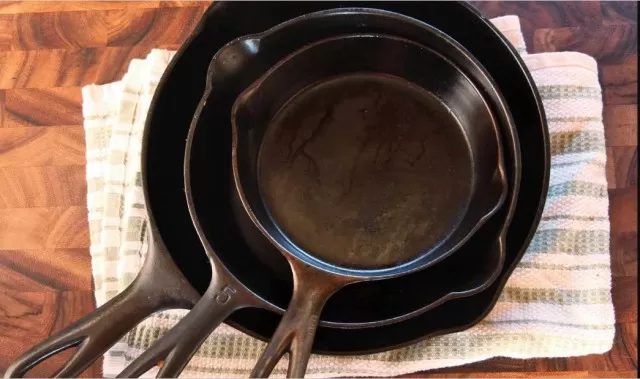
To fully enjoy these benefits, it’s important to use and maintain cast iron regularly.
Cleaning cast iron is simpler than it may seem, involving three basic steps: rinsing, drying, and oiling. These steps are easily outweighed by the numerous advantages of using cast iron.
It’s crucial to preserve the seasoned coating of cast iron, which is formed by baking oil on the surface at high temperatures.
This coating enhances the skillet’s performance, and proper cleaning methods help maintain it. The cleaning process is most effective when performed immediately after cooking.
This guide will provide instructions on cleaning skillets, including both traditional cast-iron and enameled cast-iron cookware.
Clean a Cast-Iron Skillet
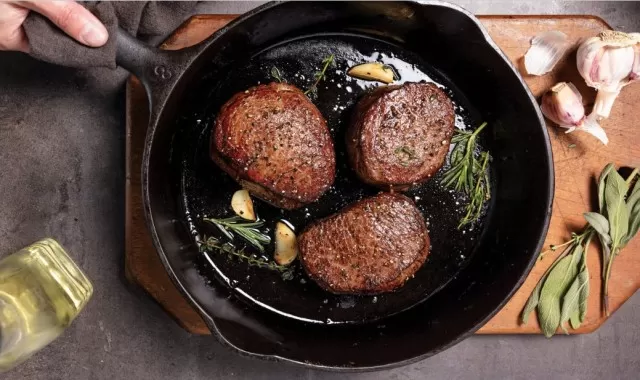
Cleaning a cast-iron skillet is a straightforward process that only requires hot water and minimal effort.
If you’re dealing with a rusty cast-iron skillet, you can use kosher salt instead of soap. Follow these steps to maintain the quality of your cast iron:
Step 1: Rinse and dry.
After cooking, place the cast-iron skillet in the sink and rinse it with hot water.
Use a non-abrasive sponge to wipe all surfaces clean. Rinse the skillet again and then thoroughly dry it with a clean cloth.
Step 2: Apply oil to the interior.
Once the skillet is completely dry, use a paper towel to apply a thin coat of cooking oil to the interior.
This will restore its sheen and enhance its non-stick properties. Be careful not to use too much oil, as it can result in sticky surfaces.
Step 3: Remove stuck-on food.
For stubborn food bits and small patches of rust, use kosher salt and a wet sponge.
The salt acts as a gentle abrasive to buff away cooked-on foods and rust. Alternatively, you can boil water in the skillet for a few minutes to loosen stubborn residues.
Rinse the skillet under warm water, dry it thoroughly, and apply a coat of cooking oil.
Step 4: Store in a dry place.
To maintain the cleaned and seasoned finish, store your cast-iron skillet in a dry area away from moisture.
Keep it uncovered and avoid placing it near cooktops, sinks, or dishwashers. If you notice rust, graying, dulling of the surface, or food sticking, it’s time to re-season the skillet.
Season a Cast-Iron Skillet
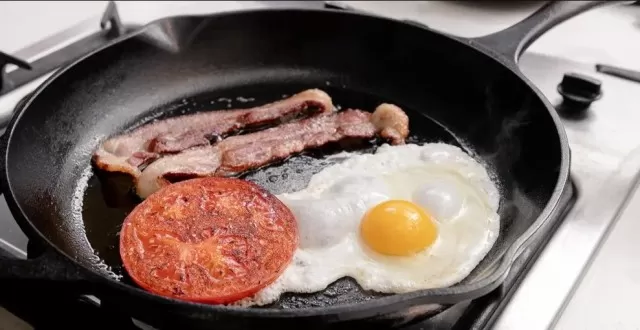
To renew the seasoning of your cast-iron skillet, follow the steps mentioned earlier to clean, dry, and apply a light coat of oil to the pan.
Place aluminum foil on the bottom rack of your oven to protect against oil drips, then preheat the oven to a temperature between 350 and 400°F. Position the skillet upside down on the top rack of the oven and bake it for an hour.
Once done, turn off the oven and allow the pan to cool inside before removing it and storing it in a dry location. Continue using your cast-iron skillet regularly and re-season it as needed to maintain its smooth coating.
Clean Enameled Cast-Iron
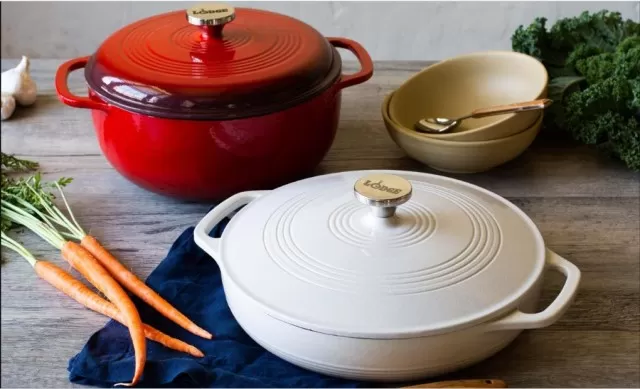
Cleaning enameled cast-iron cookware, such as Dutch ovens, is generally easier compared to regular cast-iron skillets.
The enamel coating not only adds a glossy and often colorful finish but also acts as a protective layer, eliminating the need for seasoning or avoiding soap. However, it’s crucial to handle the cleaning process of enameled cast iron with care to prevent cracking or scratching the surface.
While some pieces may be dishwasher-safe, it is recommended to follow these instructions for hand-washing enameled cast-iron cookware:
Step 1: Allow the cookware to cool and wash it with soap.
Always ensure that the enameled cast iron has cooled completely before cleaning to prevent the enamel from cracking due to sudden temperature changes.
Use a non-scratch sponge, warm water, and Dish Soap to wash the pan. Avoid using steel wool or abrasive tools that can damage the surface.
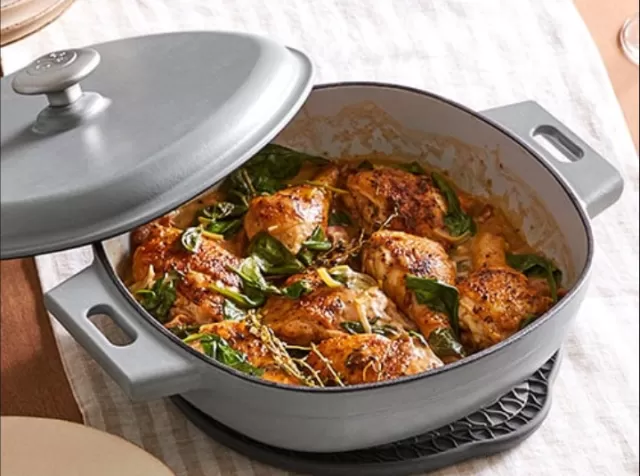
Step 2: Remove stubborn bits and stains.
To loosen any stuck-on food, fill the pan halfway with water and bring it to a boil for two to three minutes.
Use a wooden spatula or silicone pan scraper to remove the stuck bits, and if necessary, wash again with soap. For stains that remain, create a thick paste by mixing baking soda with water.
Apply the paste to the stained areas, let it sit for a few minutes, and then gently scrub in a circular motion to lift the stains.
Step 3: Dry the cookware and store it.
After the final rinse, ensure that your enameled cast-iron cookware is thoroughly dried before storing it in a dry place.
Take care not to allow these pieces to come into contact with metal pans or utensils, as this can cause chipping or cracking of the enamel.
Regardless of the effort involved in cleaning, it’s important to remember that every time you cook with or maintain your enameled cast-iron cookware, whether it’s searing burgers, baking cornbread with a crunchy crust, or performing routine rinsing, drying, and oiling of your cast-iron skillet, you are creating a cherished heirloom that your future generations will appreciate and use.
*The information is for reference only.